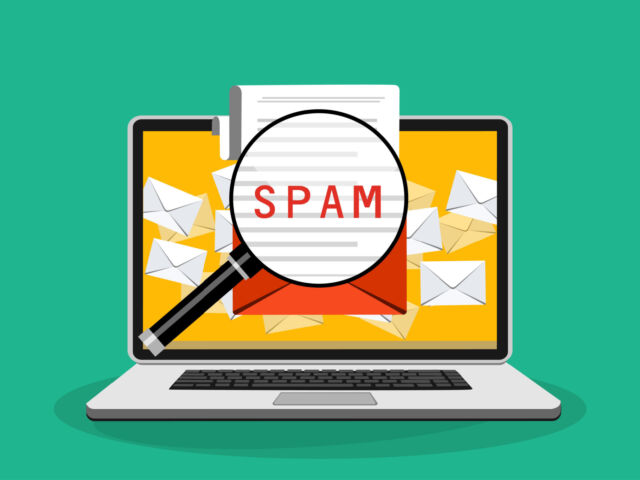When it comes to grabbing and holding the attention of the average Internet reader, the struggle has never been more real. (This is especially true in the healthcare industry, where the content can be a little starchy.) Thanks to the advent of smart phones, the human attention span hovers around approximately seven seconds. (FYI, Goldfish clock in at about nine seconds.)
In a world with so many voices competing for the same infinitesimal amount of attention, how do you get your content noticed?
Simple. You write it in a way that makes it easy to skim.
Don’t Panic!
Now, I know what you’re thinking: Skim?! I don’t want them to skim it! I want them to read it! Well, of course. That’s the goal, but you’re putting the cart before the horse. Before getting them to read it, you must lure them in using what they’re looking for. The best way to do that is to make the information eye-catching through the right formatting, and then make the content easy to read.
The More You Know
Don’t believe me when I say being visual is key? Allow me to share some fun facts that may change your mind:
- 90% of information that is transmitted to the brain is visual
- People remember 80% of what they see and do (compared to 20% of what they read)
- Almost 50% of your brain is involved in visual processing
See, what did I tell you? People are visual. That said, here are some techniques to employ that we found makes content easier to read (especially healthcare content, which tends to beautifully lend itself to this type of writing):
- Don’t cram all the information into one place. If there’s a lot of different points you’re trying to relay to your readers, don’t jam them all into one post and overwhelm your readers. Consider creating a series of posts or webpages instead
- Fun with formatting. Feel free to be a little creative with what bits of information you want to get noticed. You can go Bold or italic to emphasize a point or word, but try not to go too crazy with Wingdings-type fonts, CAPS LOCK or out-of-the-box colors—it is unlikely you will be taken seriously if you do
- Harness the power of headings and subheadings. These nifty tools break up big blocks of content nicely, and tucking keywords into them makes the Google gods happy
- Keep it short and sweet. Avoid expanding too much on a point, or it will get lost. Say what you have to say, then jump ship and move on (though, keeping to at least 300 words minimum is ideal for SEO purposes)
- Let the page breathe. There is no need to fill the page with as many words as you can. Creating spaces keeps readers from feeling overwhelmed and makes the content more digestible
- Lists! I cannot begin to express to you how much I love lists, and not those obnoxious ones that appear as slideshows. Bulleted lists are the epitome of efficacy (much like the list I am presenting to you now), and do wonders in getting your point across without the need for long, drawn-out sentences
By following these basic techniques, you can help your content stand out in a crowd and draw in your readers.


